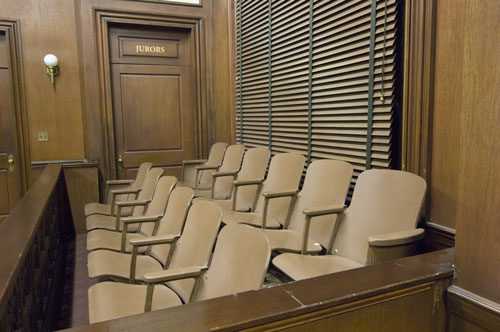The Supreme Court majority continued in relevant part: On appeal, the government confessed error. Pointing to this Court’s recent decision in Wooden v. United States, 595 U. S. 360, which acknowledged that an ACCA “occasions inquiry” can be intensely factual in nature, the government admitted that given the factual nature of the inquiry and its impact on a defendant’s sentence, the Constitution requires a jury to decide unanimously and beyond a reasonable doubt whether Mr. Erlinger’s prior offenses were committed on different occasions. This Court granted certiorari and appointed counsel to defend the judgment below.
The Fifth and Sixth Amendments require a unanimous jury to make the determination beyond a reasonable doubt that a defendant’s past offenses were committed on separate occasions for ACCA purposes. The Sixth Amendment promises that “in all criminal prosecutions the accused” has “the right to a speedy and public trial, by an impartial jury.” Inherent in that guarantee is an assurance that any guilty verdict will issue only from a unanimous jury. Ramos v. Louisiana, 590 U. S. 83, 93. The Fifth Amendment further promises that the government may not deprive individuals of their liberty without “due process of law.” It safeguards for criminal defendants well-established common-law protections, including the “ancient rule” that the government must prove to a jury every one of its charges beyond a reasonable doubt. Together, these Amendments place the jury at the heart of our criminal justice system and ensure a judge’s power to punish is derived wholly from, and remains always controlled by, the jury and its verdict. Blakely v. Washington, 542 U. S. 296, 306.
The Court has repeatedly cautioned that trial and sentencing practices must remain within the guardrails provided by these two Amendments. Thus, in Apprendi v. New Jersey, 530 U. S. 466, the Court held that a novel “sentencing enhancement” was unconstitutional because it violated the rule that only a jury may find “facts that increase the prescribed range of penalties to which a criminal defendant is exposed.” Id., at 490. This principle applies when a judge seeks to issue a sentence that exceeds the maximum penalty authorized by a jury’s findings as well as when a judge seeks to increase a defendant’s minimum punishment. See, e.g., Alleyne v. United States, 570 U. S. 99, 111–113.
This does not mean that a defendant cannot stipulate to the prerequisite(s) for an enhanced penalty to make a jury finding unnecessary. A defendant might choose to do so in exchange for the Government’s promise of leniency towards a codefendant.

